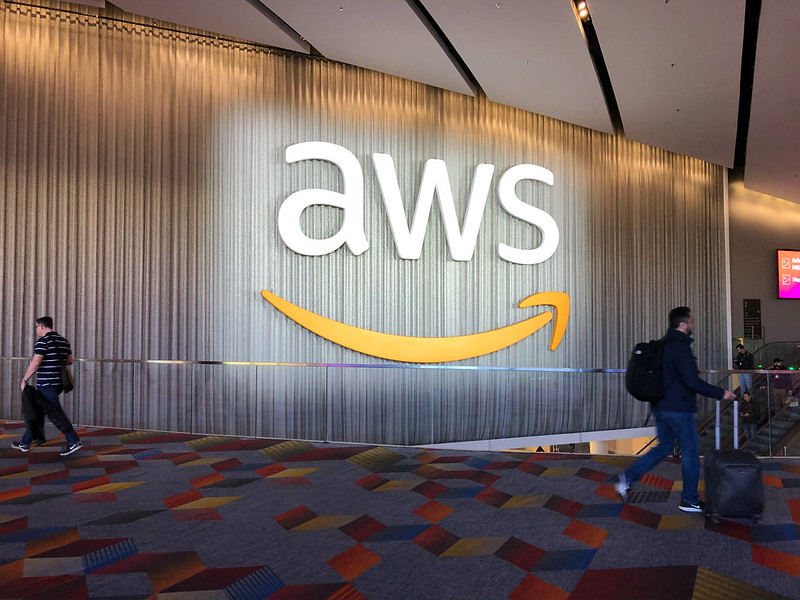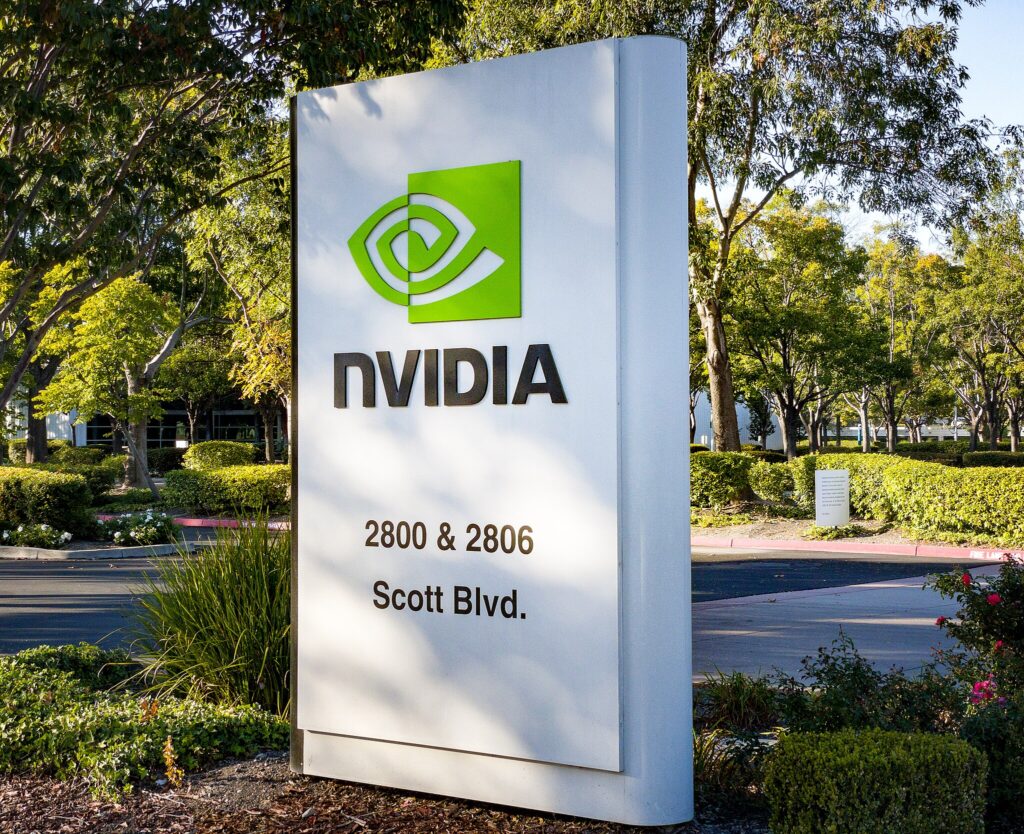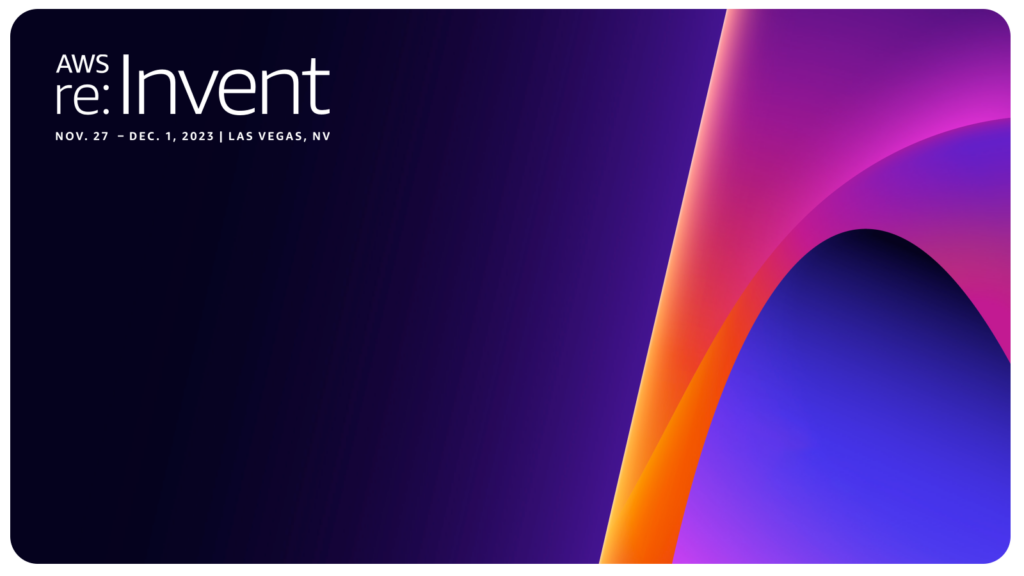With AWS re:Invent having closed out the end of 2022, it is time to assess where AWS stands in 2023, as the main thrust of its announcements at re:Invent allows for an analysis of its strategic direction. Also, as the cloud market leader, AWS’ direction influences the whole industry, with competitors either imitating it or contrasting with their own offerings.
Re:invent and the reinvention of AWS
Under the leadership of Andrew Jassy, AWS became an innovation machine. The now famous approach of two pizza teams delivered innovation furiously across a broad spectrum of automation. The result was the market leadership of AWS but also an increasing level of confusion on which services and which innovations were applicable for who. Customers specifically struggled with understanding how to create repeatability with challenging IT projects, as each client previously embarking into the same IT project uses different services from AWS. With Adam Selipsky at the helm, AWS has switched to a slower pace, with the focus on integration and synergies.
- Breadth is so yesterday; today it’s all about depth. AWS spent significant investment into making their products functionally richer, adding more capabilities, and moving many of them into mature versions. This is a significant departure from the previous approach which was much more about adding lots of new services, often just a few cycles beyond minimum viable product (MVP).
- Synergies are taking the front seat. It’s notable how much investment AWS is putting into making their products work better together. Under the moniker “No ETL” and to the applause of the re:Invent audience, Amazon is integrating their flagship database products directly. From an enterprise perspective it’s a more than welcome move, as businesses need to run their processes more efficiently and do not have time for ETL processes.
- Data lakes lead the way. AWS re:Invent confirmed the victory lap that the unpopular Big Data label is currently enjoying under its new guise of the “data lake”. This happened not only at re:Invent but across conferences last year, as well as in the product roadmaps from multiple vendors. Also, with new CEO Adam Selipsky having run analytics powerhouse Tableau in the past, AWS’ pivot may not be as surprising as some might have imagined. But new health care, supply chain and security products are more than extensively leveraging lakehouse technology.
- Data is the #1 priority for AWS right now. It was striking how much focus there was on data-related announcements at re:Invent, particularly creating synergies and integration between the different AWS data services. It is clear that AWS is preparing for a big AI drive a few years from now, when it has got the overall data foundation down right.
What AWS is getting right
There’s not much that AWS has failed at, but here are a few things that it’s now taking on and getting right for 2023 and beyond:
- Low code comes to AWS with Application Composer. For the longest time AWS has shied away from the low code/no code trend, mainly out of the fear of irritating its full code/pro code loyal developer base. But that fear has been overcome, especially since Amazon will use Application Composer to enable developers of all backgrounds to build applications that are hard to create in event based – and with that message based – applications.
- A novel approach to verticals: Amazon Omics. The cloud has been going vertical since 2019, when Thomas Kurian at Google decreed it to be the right path forward. Since then all vendors have struggled to deliver on that promise, especially since they lack business applications for such a strategy (except for Microsoft, out of the top three cloud vendors). Technology is, of course, by nature horizontal and non-vertical. With Omics, AWS introduces a vertical platform that is geared to all use cases ending with -omics – from genomics to transcriptomics, all research within genetics and biology is supported.
- A fright for ERP folks: AWS Supply Chain. This announcement gave some heart palpitations to the ERP vendors, but then they parsed out as the foray of Amazon into supply chains is one limited to analytics. But beware the beginning of something here, as I’m sure the ERP vendors consider this to be a shot across the bows by Amazon. Expect AWS over time to come closer and closer to the ERP automation space.
- An innovative approach to cybersecurity: Amazon Security Lake. And one more data lake offering to mention: A new, single place to bring all security information together, for the sake of better monitoring and automation. Pretty much a who’s who of partners has already signed up, and this offering will make a difference for AWS customers’ cybersecurity (with AWS making some nice revenue along the way). This kickstarts a trend of cloud vendors becoming the platform for third parties to run their analytics and data processes on.
What AWS really needs to re:Invent
As the market leader for cloud, there are very few areas of weakness, but these two stick out:
- AWS is not losing ground, but also not gaining ground in AI. AI is pretty much the only big area where AWS has fumbled in the past and is now trailing category leader Google by more than two-three, possibly even four years (see my recent article summing up the AI players here on ERP Today). re:Invent did not change this situation. Sure, AWS has made progress both on the hardware and software side, but so did Google last year. On the bright side, the distance is not growing in the area that really matters: algorithms on custom silicon.
- First re:Invent when AWS did not tackle an IT category. AWS prided itself in the past for systematically analyzing IT spend and listening to customers, knocking off one area after the other with metronomic discipline at re:Invent (Amazon QuickSight, AWS Workspaces, and Amazon Connect come immediately to mind). One could argue the currently in-preview Amazon Security Lake might be an example here, but it is a new, innovative offering, not the AWS interpretation and re-invention (pun intended) of an established IT buying category.
The Takeaways
There is a change in tune at AWS, and it is a nicer one for enterprises. AWS is providing more depth to its services and integrating them better. This is what customers really want from operating so many AWS services, and anything that allows them to make them run together more effortlessly is a win. Originally AWS was innovating for innovation’s sake – innovate first, integrate later (maybe).
At the same time, AWS is not catching up on the AI side, but it may already be a good result that Google’s lead is not currently increasing. AWS must do some homework though, bringing together its many data sources, and that starts with governance, which AWS has launched with Data Zone.
At the end of the day, this most recent re:Invent was an indication of the golden rule in enterprise software: Suites always win, and AWS must follow that rule as well. And that is good news for enterprises, as they operate as a holistic organism and their software automation – even when operated in the cloud – needs to be as integrated as possible. The more out-of-the-box integration a vendor provides, the better. So, the AWS tune is becoming a far better one to CxO ears.





